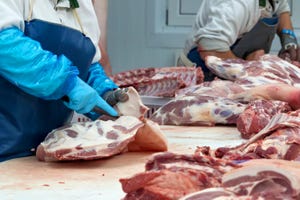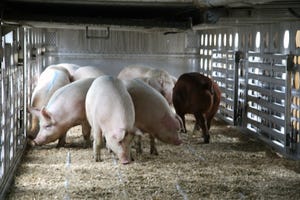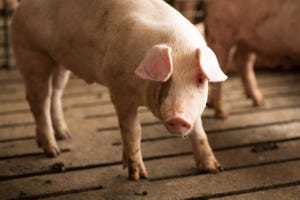thumbnail
Market News
Meat Institute guidance fights child labor, identity fraudMeat Institute guidance fights child labor, identity fraud
Members universally aligned that meat and poultry production facilities are no place for children.
Subscribe to Our Newsletters
National Hog Farmer is the source for hog production, management and market news






.jpg?width=300&auto=webp&quality=80&disable=upscale)

























.jpg?width=300&auto=webp&quality=80&disable=upscale)





